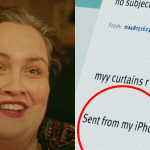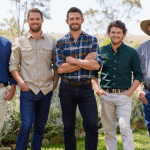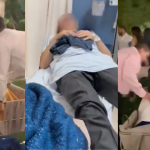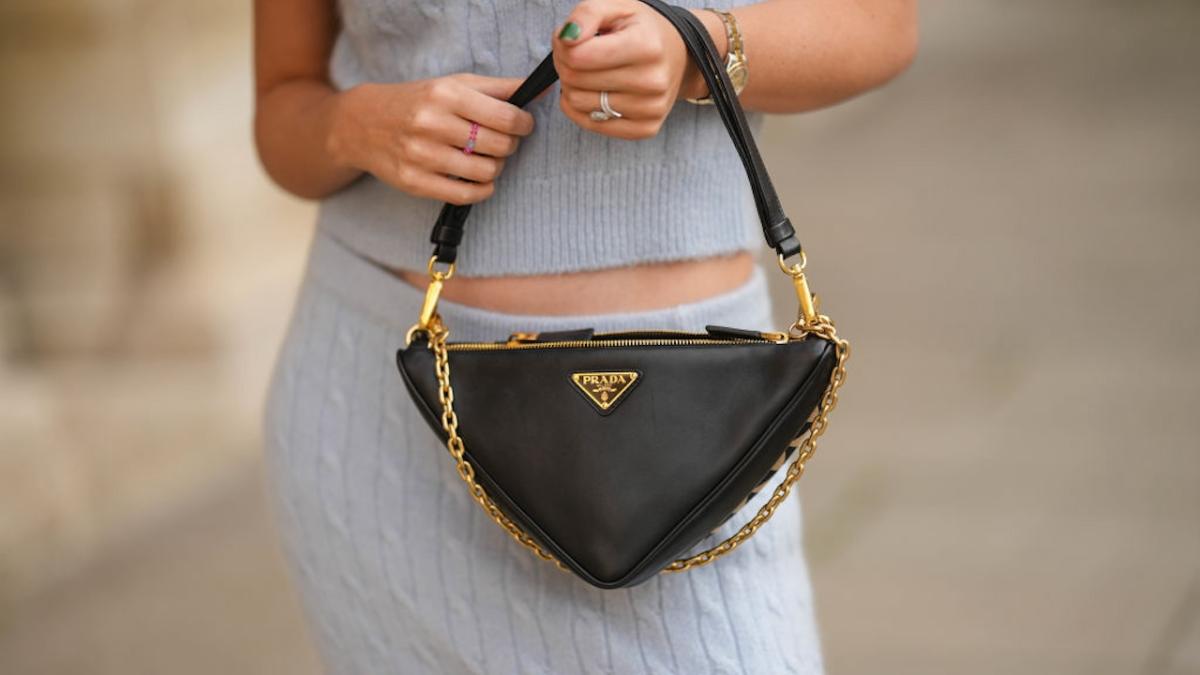
Savvy shoppers who want to buy a designer bag for half the price have long known the best way is to source it second-hand. Why pay $5,000 for a Bottega Veneta Jodie bag when you could buy a pre-loved one for $3,000? But buying a second-hand designer bag comes with inherent risk that you’re buying a fake — or worse, that the “seller” will turn out to be a scam. And even though buying pre-loved is a discount, it’s still a lot of cashola.
With the second-hand luxury market projected to hit USD $559 million by 2028, brands are trying to solve a half a billion dollar problem. How can you assure customers that they’re buying something legit?

“In layman’s terms, there are not enough people in authentication,” creative Brooke Marks told PEDESTRIAN.TV. “It’s not a scalable solution, and sometimes people get it wrong.”
Marks founded the Facebook group High End in 2014 as a way to sell an unwanted pair of Balenciaga heels. In the decade since, the group has grown to some 110,000 members, buying and selling up to 30,000 second-hand luxury items a year, including bags, shoes, jewellery and clothing. (If you’re curious, the most in-demand brands include Chanel, Hermès, Prada, Bottega Veneta, and LOEWE.)
Now, she’s turned the idea into an app, bringing on tech expert Lauren Kennedy to help her do it. The two co-founders are aiming to solve one of the biggest issues with the second-hand luxury market: authentication at scale.


How do you guarantee second-hand luxury goods aren’t fake?
“There’s a lot of issues with Facebook,” Kennedy told PEDESTRIAN.TV. “Facebook takes products off the platform if you’re listing something [like] Chanel, for example. Facebook doesn’t want to play in authentication. They delete everything.”
The answer, according to Kennedy and Marks, is AI. The High End app has an AI model that sees both counterfeit and real images, and is able to pinpoint to the percentage how likely a product is to be fake.
“There’s so much data, we’re collecting data from the 1950s and 1960s to present day,” Marks continued. “There might be certain things that happen in the industry [that impact authenticity], like for instance, Chanel’s showroom getting broken into. So we can filter all of this data and essentially make hundreds of [authenticators].” The more images the model sees, the more powerful it becomes.
Right now, the app is limited to your traditional luxury brands — Chanel, Dior, Hermès, Prada, Loewe, Miu Miu, etc — and Australian luxury brands, like Zimmermann, Alemais, or Scanlan and Theodore. Anything worth more than $1,000 is sent to the High End offices for in-person authentication, for an added layer of security.
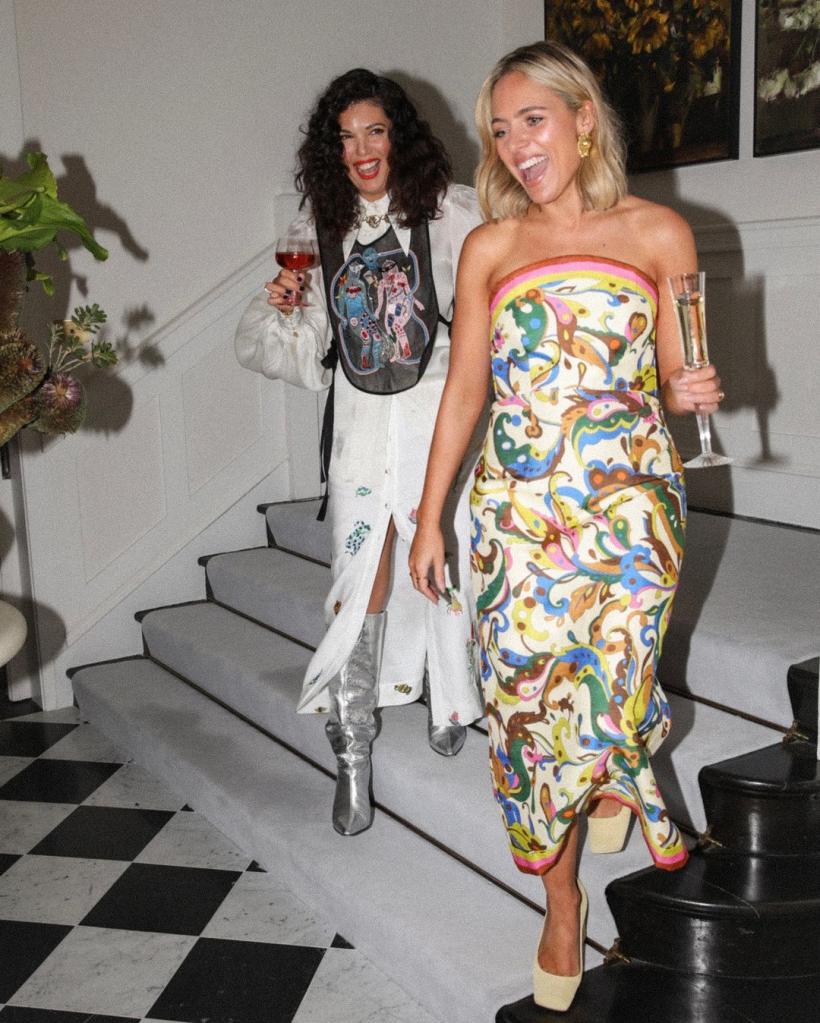
High End isn’t the first to tap into the second-hand luxury market. The Iconic launched AirRobe 2021, while eBay bought authentication tech firm Certilogo early this year. Other options available to Australians are The Turn and Luxe.It.Fwd, not to mention buy / swap / sell Facebook groups that exist for almost every major Australian fashion label.
However, getting authentication right remains top of mind — even when buying new. Earlier this year, people who had shopped at luxury boutique Cosette claimed their designer bags were in fact high quality fakes, with more than $1 million worth of goods since referred to NSW Fair Trading. (Cosette has repeatedly and strenuously denied it has ever sold fakes.)
“There’s a lot of people scared to use certain platforms to sell or buy certain things, and that fear is what we want to take away,” Brooks said.
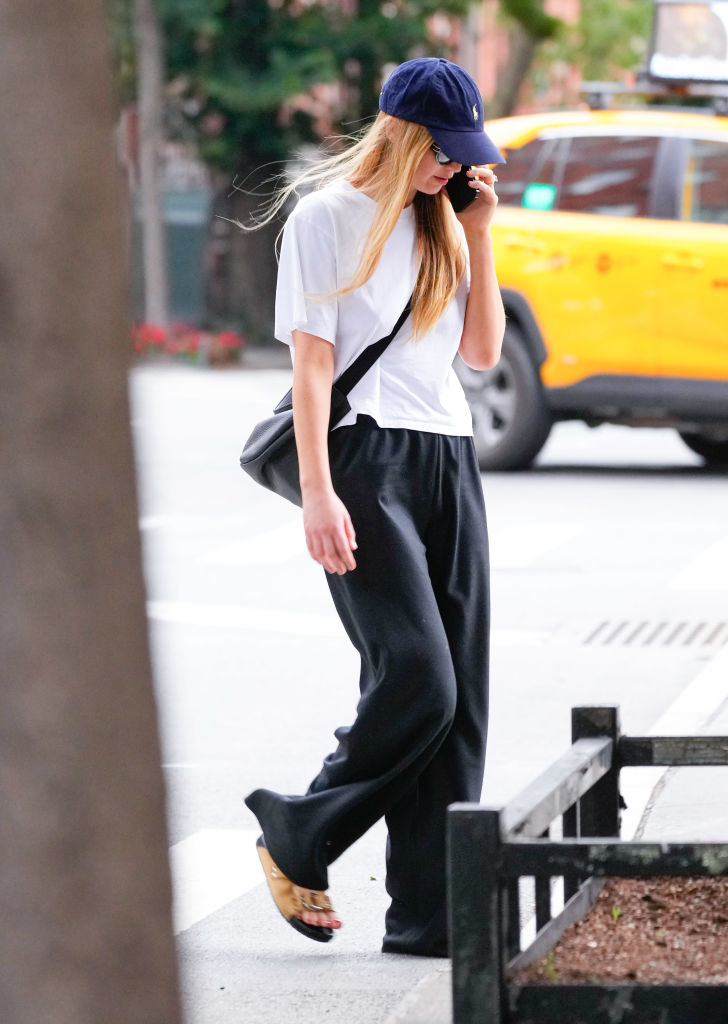
Gen Z and millennials are also shaping up to be the largest consumer of luxury goods. In 2022, 35% of them reported having purchased second-hand luxury goods, according to the True-Luxury Global Consumer Insight 2023 report from BCG and The Altagamma Foundation, while they’re on track to account for 75% of all luxury good shoppers by 2026.
“The reason why Gen Z is such a mass area of luxury resale is one, they’re more conscious and more sustainable — they care more about what’s going on around them,” Kennedy said. “And two, everybody wants to have that unique piece. They don’t want to shop where everybody else shops, and you can really only get that in resale.”
Where To Buy Second-Hand Designer Goods
- High End. The app launched on November 26, 2023, and is available via the App Store or Google Play.
- eBay. The selling platform sends products to a professionally trained authenticator.
- The Turn. The Turn is a consignment website for second-hand clothes, accepting items from Australian and international designers like Ganni, Aje, and Bec and Bridge.
- Luxe.It.Forward. This is a website set up to sell and buy second-hand luxury designer bags, watches and jewellery, with each item authenticated by independent specialists.

